|
In the Japanese language, "noshi" (熨斗) has various meanings that can involve packaging something up by tying it, or ironing and flattening something. NihongoMaster.com tells us that the character 熨 means "flatiron, smooth out", while the character 斗 means "Big Dipper, 10 sho (vol), sake dipper, dots and cross radical". If that seems oblique, it's no wonder! Japanese orthography is complicated! They have spoken words in their own language, but they use characters from the Chinese language to write them. And when they use Chinese characters, those characters are sometimes picked for meaning, but pronounced Japanese, or other times picked because their Chinese pronunciations sorta sounds like the Japanese word being expressed, or sometimes used as morphologic elements, regardless of meaning or pronunciation. So it's not a one-to-one correspondence, where the Chinese character tells you exactly what the word means in Japanese! Trying to sort this out is further complicated because 熨斗 means iron in modern Chinese! If you do a Google Image search for 熨斗, you'll get lots of pictures of modern clothes irons! However, with much toggling back and forth between Japanese sites and Google-translations, I have pieced together a beginner's understanding of Japanese noshi. I am happy to be corrected if I have anything wrong! ABALONE-NOSHI (熨斗鮑)
These long golden strips were given as gifts in and of themselves, with some attention being paid to how long they could be: . . . during the excavation of the Heijo Palace site, a wooden strip [was unearthed] indicating that an abalone measuring 4 shaku 5 sun (approximately 1.5 m) in length was presented from Awa Province . . . In the samurai society of the Middle Ages, it was believed to lead to longevity in battle, and was used for visits[?] during battles. Azuma Kagami records that in 1191 , a long abalone (noshi abalone ) was delivered to MINAMOTO no Yoritomo as an annual tribute. Abalone noshi strips were also used to tie up ceremonial packages. And over time, golden paper came to stand in for flattened abalone meat. That brings us to the so called "folding noshi" FOLDING NOSHI (折り熨斗) Pronounced "ori noshi", this is a specialized form of origami used for gift-giving. A traditional ori noshi package is two pieces of paper, one white and one red, folded decoratively together to enclose the gift, and bound first with a strip of yellow or gold paper (which represents the abalone meat of old) and then with decorative twisted knots in beautiful patterns (mizuhiki). Sometimes the golden paper strip is just printed on the package, which is less fancy, but still symbolic. NOSHI ON TEXTILES Since noshi were auspicious, it's no surprise that they would show up on clothing. As far as I can tell, prints of noshi bundles were called "noshibun" or "noshimon" (熨斗文), and they looked like a bunch of stringy noshi, tied together in the middle. Here are two which I think are noshibun. Notice that the golden color of abalone noshi is now morphing into artistic patterns. (I am using these two pictures without permission, and intend no harm by it. It's hard to find copyright-free pictures of esoteric things. Click either picture to go to its source page. The dark one is fabric for sale, and the light one is a kimono for sale. Under US law, I am claiming Fair Use of these pictures, but I don't know if that applies in Japan!) RAMPAGING NOSHI (暴れ熨斗) But far more popular than noshibun is the so-called "rampaging noshi" (暴れ熨斗), pronounced abare-noshi. Abare-noshi are large, bright, extremely decorative noshi that can cover entire kimonos or obis. Each strip of noshi in the bundle is a different pattern, giving free rein to the fancy of the artist. They are "rampaging" because they tumble wildly all over the place, with their strands in tangled disarray. Many of the sites I found which define this pattern also note that it was associated with the "people of Edo". When I first became interested in kimono, I found one source which said the abare-noshi pattern represented bundles of secondhand kimono fabric, as sold by rag-men who used to go up and down the streets selling secondhand wares. Though I remember this explanation very distinctly (because it appealed to my recycling interests), I have since been unable to find that source or anything which confirms it. If a reader knows whether that story is true, I'd love to hear about it! But for now, I believe the abare-noshi pattern hearkens back to the auspicious abalone noshi of ancient Japan. That it's rendered as decorative fabrics is simply a newer interpretation of the old pattern. Here's what Japan Avenue has to say about this pattern: Interesting how the symbolism of longevity perseveres! Because the abalone noshi, and by extension the noshi motif, means longevity, it's used for happy occasions, celebrations, and joy. It's not a good pattern to wear (nor a good gift wrapping to bring) to someone ill in the hospital or to a funeral, since that would be like wishing for longevity of sickness or grief.
Finally, if you are interested in learning more about kimono, including traditional textiles and motifs, the Kimonoya site is a wonderful resource, wherefrom you can also buy kimono of all types, and fabric for use in crafts and sewing projects! RESOURCES USED Kanji breakdown from NihongoMaster:
https://www.nihongomaster.com/japanese/dictionary/word/54762/noshi-%E7%86%A8%E6%96%97-%E3%81%AE%E3%81%97 熨斗, Japanese language article about Noshi: https://ja.wikipedia.org/wiki/(熨斗 (or https://ja.wikipedia.org/wiki/%E7%86%A8%E6%96%97) Google Translate for websites: https://translate.google.com/?sl=auto&tl=en&op=websites Japan Avenue's glossary of kimono patterns: https://japan-avenue.com/blogs/japan/japanese-patterns
3 Comments
The Sister
10/4/2022 06:54:25 pm
Okay, that orange masterpiece at the end is stunning. I've always though kimono were just beautiful. "Rampaging noshi" cracked me up for some reason, but I wonder if that concept would be frowned upon by traditionalists because of the chaotic frenzy it brings. My thought would be that authentic noshi was very ordered and carefully tied; the Japanese are not an untidy people.
Reply
Quite the reverse, actually. That we associate "traditionalists" with reserve, straidness, and order comes from our history with conservative Protestantism and Platonism... a distrust of disarray is baked into those ethos. Beauty is in perfection of form, which approaches the spiritual ideal.
Reply
The Sister
10/14/2022 05:18:57 am
Well that is interesting! I didn't really consider the different cultural mindsets, but it makes sense. Leave a Reply. |
Karen Roy
Quilting, dressmaking, and history plied with the needle... Sites I EnjoyThe Quilt Index Categories
All
Archives
March 2024
|
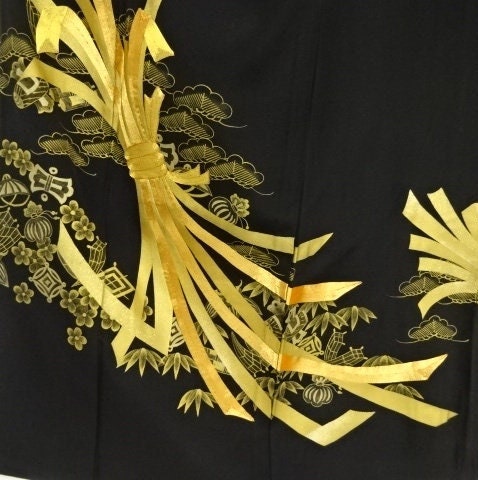
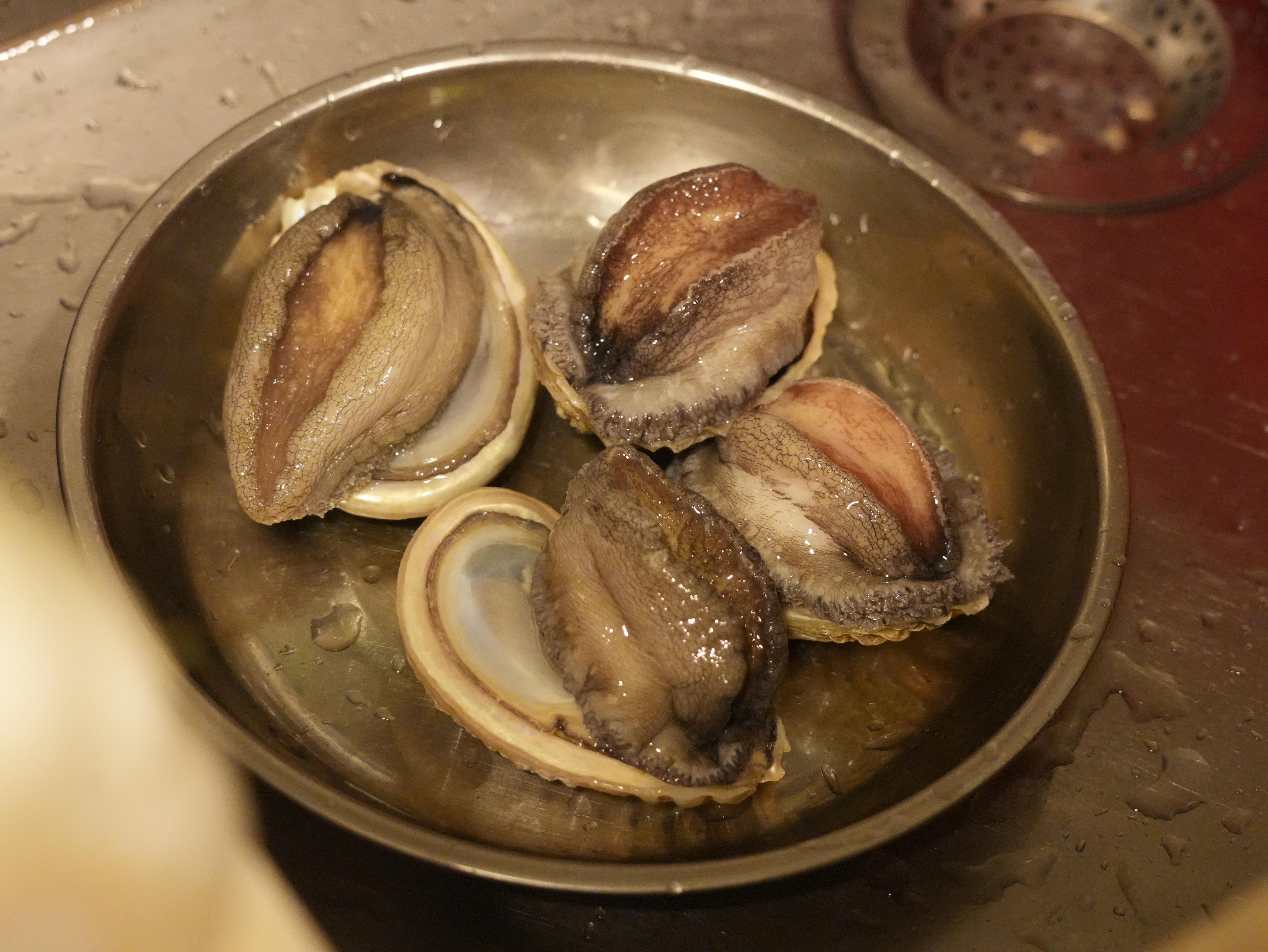
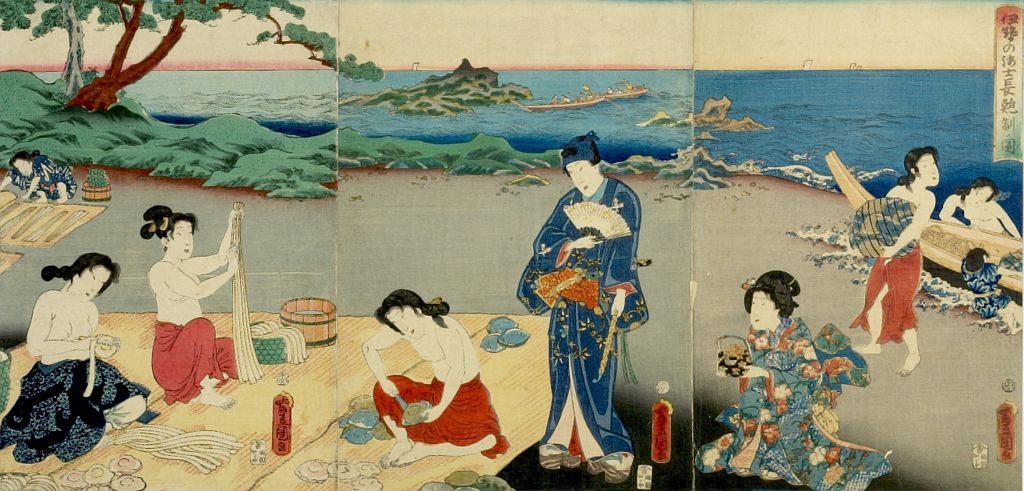
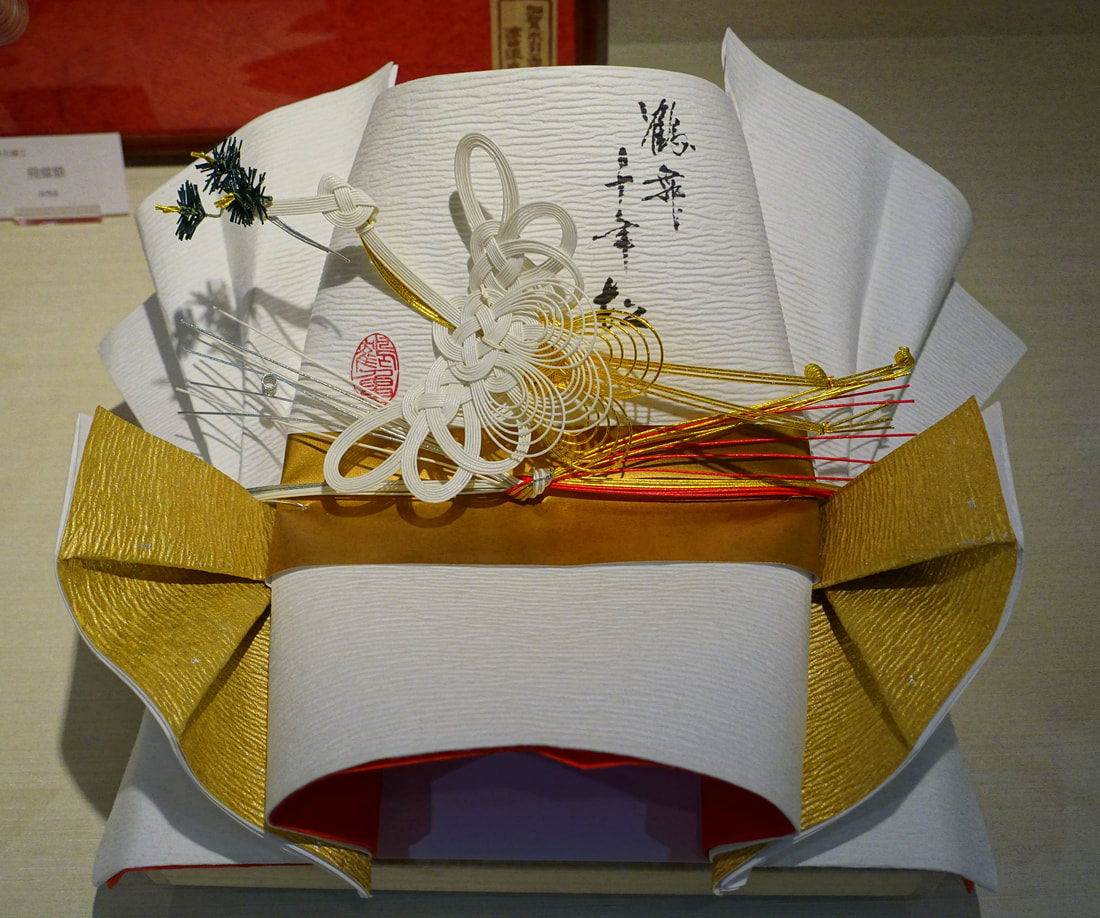

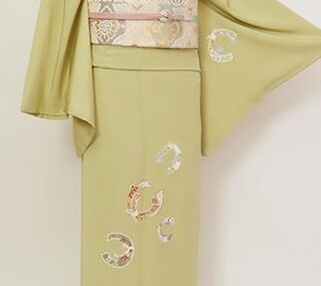

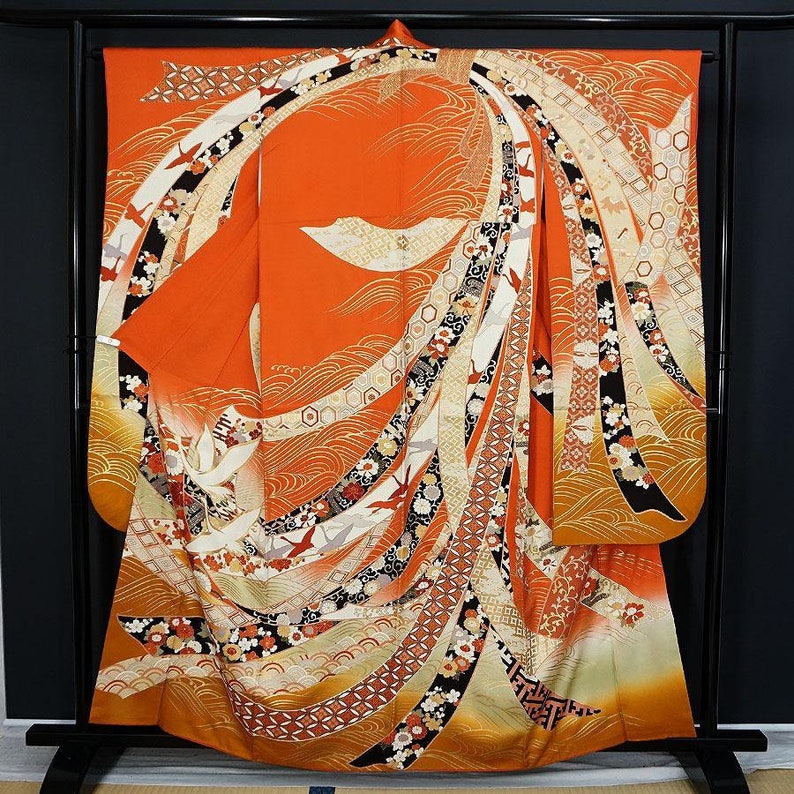
 RSS Feed
RSS Feed